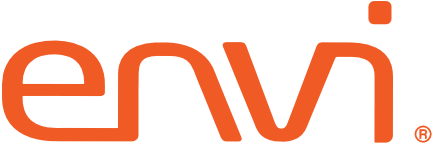System Set-up and Configuration Best Practices
“If software systems aren’t integrated, there’s no efficiency – you have to get the data from one system into another and manual keying isn’t the answer. Our priority is patient care, not data entry. We needed a solution that would
tie to other systems to minimize data entry and let the data flow automatically.”
Taylor Richardson, Peachtree Orthopedics
Create rules to manage your database
Create new efficiencies by eliminating duplicate processes
Eliminate manual work-arounds
Step 1: Create master rules for database management
???? Build the right foundation to improve order automation, purchasing and inventory management processes
???? Leverage your team to create master rules that consider legacy processes but pave the way for new

Step 2: Create a master list of all items and vendors
???? Leverage your PO history to compile a complete list of items you purchase; how frequently you purchase them
???? Identify all vendors with which you conduct recurring business
???? Build an enterprise-level item master to establish enterprise-wide product standardization and best pricing
– Set up processes and train buyers to buy from your organization’s standard formulary
Step 3: Make a plan for system integration – the goal is to enable data to flow between your new materials management, and existing clinical and financial systems
???? Identify current financial and clinical systems in use within your organization
– Are all facilities on the same systems or do you need to accommodate multiple systems in different locations?
???? Determine the system requirements of each financial and clinical solution
– These will impact the naming and numbering conventions of your future item master
???? Integration of systems will enhance visibility to data and enable better planning


Step 4: Incorporate existing audit processes into new materials management system set-up and processes
???? Set-up user access to reduce the risk of fraudulent processes and maintain security
???? Create individual user logins for each team member, no shared department logins
Step 5: Examine current financial reporting requirements; determine goals for future reporting
???? Take the time to understand current state foundation
– How is your P & L built today?
– By physician? By department?
– Is it designed to accommodate limitations of legacy financial systems?
???? Align your new materials management system set-up with your current and planned business requirements
– Specific locations within your organization may have different requirements
NOTE: Consider what’s needed based on class of trade: Ambulatory Surgery Centers, Urgent Care Centers, Physician Group Practices, Long Term Care Facilities


Step 6: Create comprehensive processes based on a single solution – avoid the one-off!
???? Use your new materials management solution as the foundation of updated, automated supply chain processes
???? Use single processes for each task. Examples:
– Drive all requisitioning and purchasing through a single item master
– Create purchase orders for all orders
???? Distinct, one-off processes erode automation and efficiency; streamline and automate using consistent processes at every step!
Step 7: Set up reporting with the end in mind
???? Examine reports currently supporting your business processes
– Where does the data come from?
– What gaps exist in current reports?
???? Leverage the current state to design the future
– The baseline data you have available will help you begin
– Understand all reporting capabilities and outputs of your new materials management system
– Smart, capable reporting tools will help drive better planning, efficiencies, and results and savings

